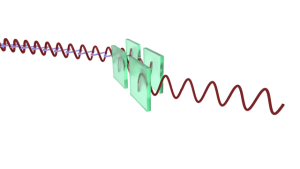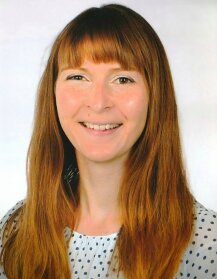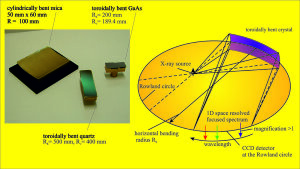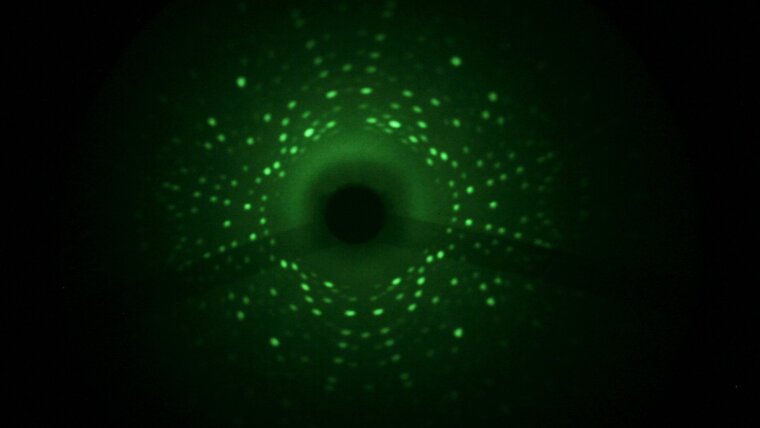
Head of the group
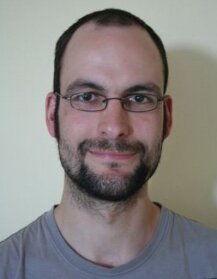
High-precision X-ray polarimetry
X-ray polarizers, which for example consist of 4 precisely arranged diamonds, can very efficiently select a polarization component.
Foto: FSU Jena / IOQThe direction of the oscillation of electromagnetic waves, namely polarization, has numerous remarkable applications reaching from 3D cinema in the visible to the investigation of magnetic states in the X-ray range. We have pushed the purity of linear polarized X-rays to the physical limits by using specially designed crystals, so-called channel-cut crystals, at the world’s brightest X-ray sources.
At the European X-ray free-electron laser, for example, we created a polarization state where less than one photon out of 1010 is not in the correct polarization state. With this unprecedented purity, we investigate electronic transitions in solids and quantum optical phenomena during nuclear resonant scattering.
Moreover, we will even study the birefringence of the empty space induced by a strong electromagnetic field as predicted by quantum electrodynamics.
Bernhardt, H.; Schmitt, A.T.; Grabiger, B.; Marx-Glowna, B.; Lötzsch, R.; Wille, H.C.; Bessas, D.; Chumakov, A.I.; Rüffer, R.; Röhlsberger, R.; Stöhlker, T.; Uschmann, I.; Paulus, G.G.; Schulze, K.S.
“Ultra-high precision x-ray polarimetry with artificial diamond channel cuts at the beam divergence limit”
Physical Review Research 2, 023365, (2020)
X-ray Spectroscopy
X-Ray Spektroskopie
Foto: FSU Jena / IOQWe investigate x-rays which are emitted from ions and electrons. Those particles are produced in hot and dense plasmas excited e.g. by high-power lasers or by particle accelerators, for example at the GSI in Darmstadt. X-ray spectra are the key to study the physical phenomena happens in those highly excited states such as huge electric and magnetic fields.
X-ray spectrometers are instruments to determine fundamental plasma parameters such as electron density and hot temperature. Our group develops and characterizes high precision crystal spectrometers based on cylindrically or toroidally bent crystals.
Our spectrometers can observe even small spectroscopic features because of a large solid angle. This information helps to understand dynamic processes in plasma or the interaction of particles with matter in accelerators like in the upcoming FAIR facility.
Alumot, E. Kroupp, E. Stambulchik, A. Starobinets, I. Uschmann, and Y. Maron
“Determination of the Ion Temperature in a High-Energy-Density Plasma Using the Stark Effect”
PHYSICAL REVIEW LETTERS 122, 095001 (2019)
Samsonova, Z; Hoefer, S; Kaymak, et al.
“Relativistic Interaction of Long-Wavelength Ultrashort Laser Pulses with Nanowires”
PHYSICAL REVIEW X Vol. 9, 021029 (2019)
Rosmej, O. N.; Samsonova, Z.; Hoefer, et al.
”Generation of keV hot near-solid density plasma states at high contrast laser-matter interaction”
PHYSICS OF PLASMAS Vol. 25, 083103 (2018)

